
THIS IS A holding place, stockpiling the cells of Australia's most threatened species for resurrection in a potentially desolate future - a frozen archive held in suspended animation as an insurance policy against biodiversity loss. Welcome to the Ian Potter Australian Wildlife Biobank - a final stronghold against Australia's extinction crisis. The biobank is like a "frozen zoo" within the Melbourne Museum that is cryogenically freezing live animal cells in a bid to preserve the genetic diversity of Australia's unique wildlife.
Scientists hope to one day reintroduce this genetic material back into wild populations through cloned lab-grown cells, to help boost a population's genetic diversity - or even bring a species back from extinction.
"The idea behind this [the biobank] is being able to preserve cells from all of our endangered species in a living format," says project lead Professor Andrew Pask, an epigeneticist from The University of Melbourne. "Far down the track...if we have a horrendous bushfire that wipes out a particular species, or so many animals from that population that they're unhealthy, you could use these cells to bring back the [genetic] variation that occurred in that particular region and rewild those animals once the bush is regenerated." The biobank began collecting genetic material in January 2024, following a $500,000 grant from the Australian Research Council Linkage in 2023. At the time of going to press, they had gathered DNA from upwards of 20 species, including the fat-tailed dunnart, brolga, smoky mouse, malleefowl and dusky antechinus. "We're kind of opportunistically collecting everything we can," Andrew says. The biobank aims to cryopreserve the genetic material of more than 100 species over the next three years.
This story is from the {{IssueName}} edition of {{MagazineName}}.
Start your 7-day Magzter GOLD free trial to access thousands of curated premium stories, and 9,000+ magazines and newspapers.
Already a subscriber ? Sign In
This story is from the {{IssueName}} edition of {{MagazineName}}.
Start your 7-day Magzter GOLD free trial to access thousands of curated premium stories, and 9,000+ magazines and newspapers.
Already a subscriber? Sign In

SULAWESI SENSATIONS
There are worlds within worlds and marvels untold waiting to be experienced on Indonesia's remote islands.
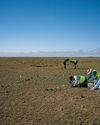
SEARCHING FOR AUSSIE DINOSAURS
Our understanding of where to find ancient life in Australia has been turned on its head by a new appreciation of the country's geology. Now the world is looking to our vast outback as the latest hotspot to locate fossils.
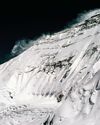
THE HARDEST NIGHT
The first Australian ascent of Mt Everest in 1984 is one of the great feats of mountaineering. Climbed by a small team semi-alpine style, with no bottled oxygen, via the Great (Norton) Couloir, it remains unrepeated 40 years later.
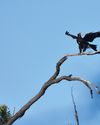
WEDGE-TAILED WONDER
The chance discovery of an eagle nest leads to an extended vigil observing normally hidden behaviours of one of nature's supreme winged marvels.
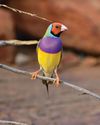
BURDENED BY BEAUTY
Northern Australia's Gouldian finch survives in huge numbers in cages around the world, but its wild population continues to struggle.
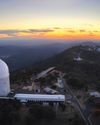
A TELESCOPE FOR A GOLDEN AGE
After a stellar 50 years as one of the country's major scientific assets, the AAT continues to play a major role in keeping Australian astronomy on the world stage.
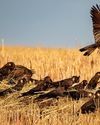
COCKY WHISPERING AT COOMALLO CREEK
This patch of remnant bush on the edge of the West Australian wheatbelt is a place loved by one of Australia's rarest bird species and the man who has studied the site for more than 50 years.

A PIONEERING PAIR
Louisa Atkinson and her mother, Charlotte, were among Australia's earliest authors, and pioneers in women's rights.
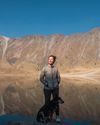
THE LONGEST WALK
Lucy Barnard is walking from Argentina to Alaska -the length of the Americas - on an extraordinary journey of endurance and adventure.
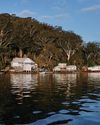
SECLUDED, BUT NOT ALONE
In an era of heightened social isolation, where many of us lead lonely lives, Dangar Island offers the chance to be part of a supportive, connected community.